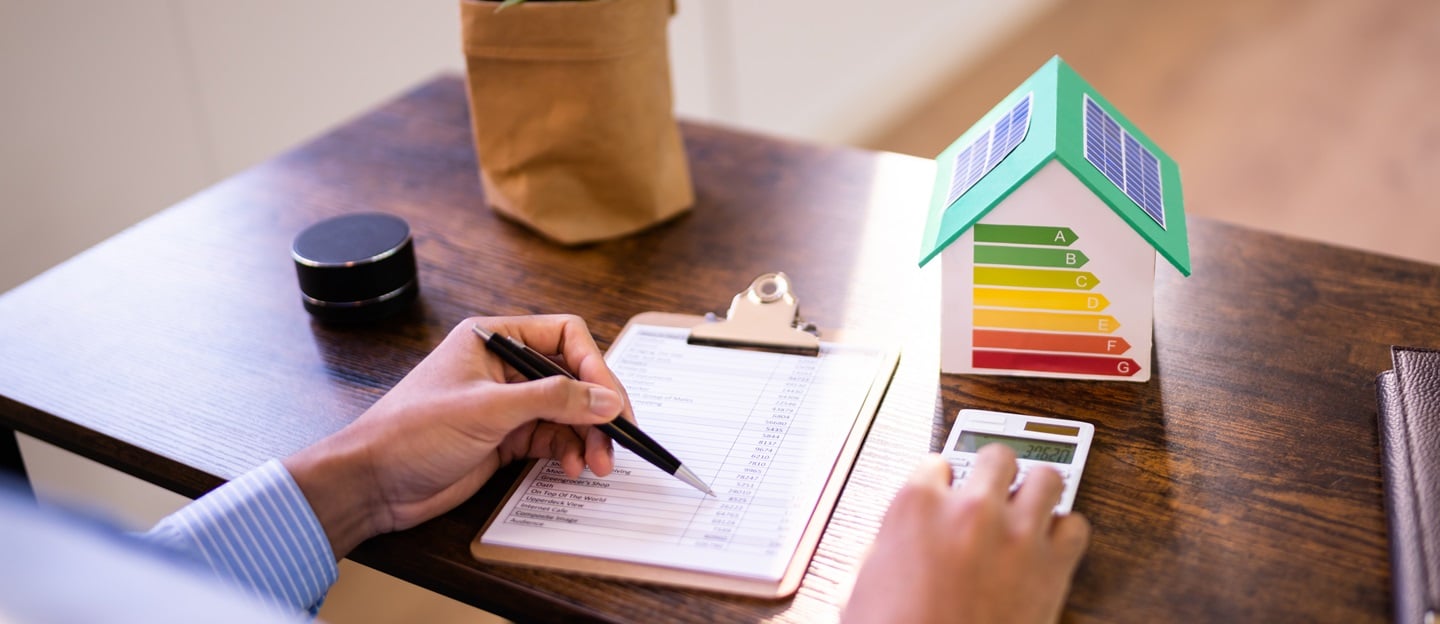How to choose the heat pump for heating
How to choose a heat pump for your heating system
Considered one of the best systems for domestic heating, a heat pump is an environmentally friendly choice that ensures optimal comfort in the home. Based on the use of renewable sources, drawing heat from the air, water or the ground, this system can operate with zero emissions if it is connected to a photovoltaic system, making it a 100% environmentally friendly solution. That is why it’s important to always consider installing a heat pump, one of the most appealing options to replace your old boiler with a high-efficiency model. There are many advantages to a heat pump for heating: not only is it highly environmentally sustainable, it can also considerably reduce energy consumption, with systems equipped with inverters that can be used both to heat the house and to cool it, as well as for domestic water. You can also take advantage of tax benefits, applying for a 50-110% deduction on the cost of purchase and installation. We will give you some useful tips to help you choose a heat pump for heating, with all the aspects to consider to identify the right model for your home.
Energy source and type of heat pump
The first factor to consider is the type of heat pump to choose, based on the energy source used by the device for your domestic heating. There are three main solutions available: air-to-air, water-to-air, water-to-water and a ground source heat pump. Ground source heat pumps are also known as geothermal systems, as they take heat from under the ground through probes. These models ensure a constant temperature throughout the year, but they require very invasive work to insert the pipes into the ground, reaching considerable depths or lengths, whether in a horizontal or vertical layout. Air-to-air heat pumps, on the other hand, take heat from the air outside, using an inverter to transfer it to the air inside the house, thereby heating it. These systems are more affordable, easier to install and are excellent value for money, but it’s important to take care if they are going to be installed in very cold climates. Another alternative is air-to-water heat pumps, which are the cheapest, most functional and easiest to integrate. They operate by transferring heat from the air to the water in the heating circuit.
Choosing a heat pump based on the climate in the area
There are several factors to take into consideration when choosing a type of heat pump, one of the most important of which is the climate in the area where the house is located. In places with a moderate climate, where temperatures rarely drop below 0°C, you can opt for an air-to-air pump or an air-to-water pump, which are the most affordable models and easiest to install without invasive work. In this case, the system can be monovalent, as it can meet the whole heating load of the house on its own. In regions with a harsh climate, where temperatures often drop far below zero, there are two solutions that are most suitable. The first is a ground source heat pump, but bear in mind that you need to have enough space available outside and the cost of the work to install the pipes underground is expensive. You can also choose a hybrid system, consisting of a heat pump and an auxiliary condensing boiler to ensure maximum energy efficiency even in complicated climates.
Energy class and the functions of heat pumps
Each heat pump is designed to offer specific functions, which should be evaluated carefully before you buy the system. The simplest models will only be appropriate for domestic heating, heating the air inside the house or the water in the circuit of the system linked to the radiators. Some devices can also work for cooling in summer, an option to consider for excellent thermal comfort all year round. You can also choose a heat pump that can supply domestic hot water too, a complete system thanks to the presence of a connected boiler. This can also be integrated with a solar thermal system, so you can use two renewable, natural sources for heating and hot water. In other cases, they can be connected to a photovoltaic system, to feed the heat pump in an environmentally friendly way without pollutant emissions. After that, you also need to check which smart functions the system has, such as Wi-Fi modules and apps for remote control from smartphones, with advanced systems for monitoring consumption, self-diagnosis and remote support for a modern smart home. It is also important to check the energy class of the heat pump, to find out whether the systems are class A or above, to optimise your heating, making your house more sustainable and affordable to maintain.
Heat output and energy performance
After identifying the best heat pump for your needs, the next step is to size up the system that will be installed. This process is quite complex, so it is essential to consult a qualified professional, a technician who can give you all the support you need to define the parameters of the system. You can find various options on the market, with a heat output of up to 20 kW for domestic heating, or higher values for large apartment blocks and offices. At the same time, it is important to analyse the device’s coefficients of energy performance, which are technical characteristics needed to help you compare the various different models and find out which will provide the best efficiency. These are very important specifications and are useful to help you choose between heat pumps and condensing boilers (if you are replacing them), or hybrid systems if you have doubts about which solution to adopt for domestic heating, so you can make an informed decision with the support of your trusted installer.





